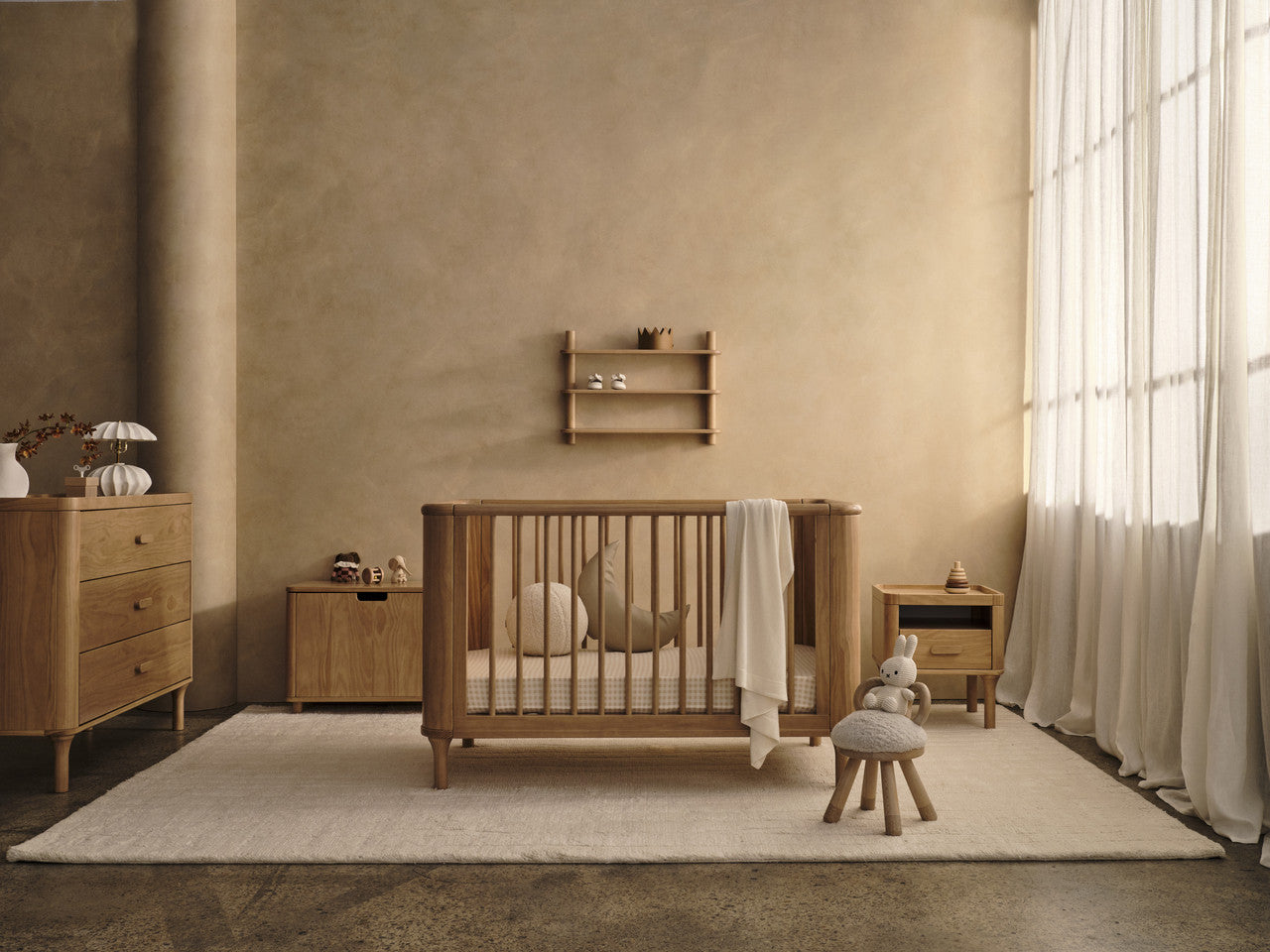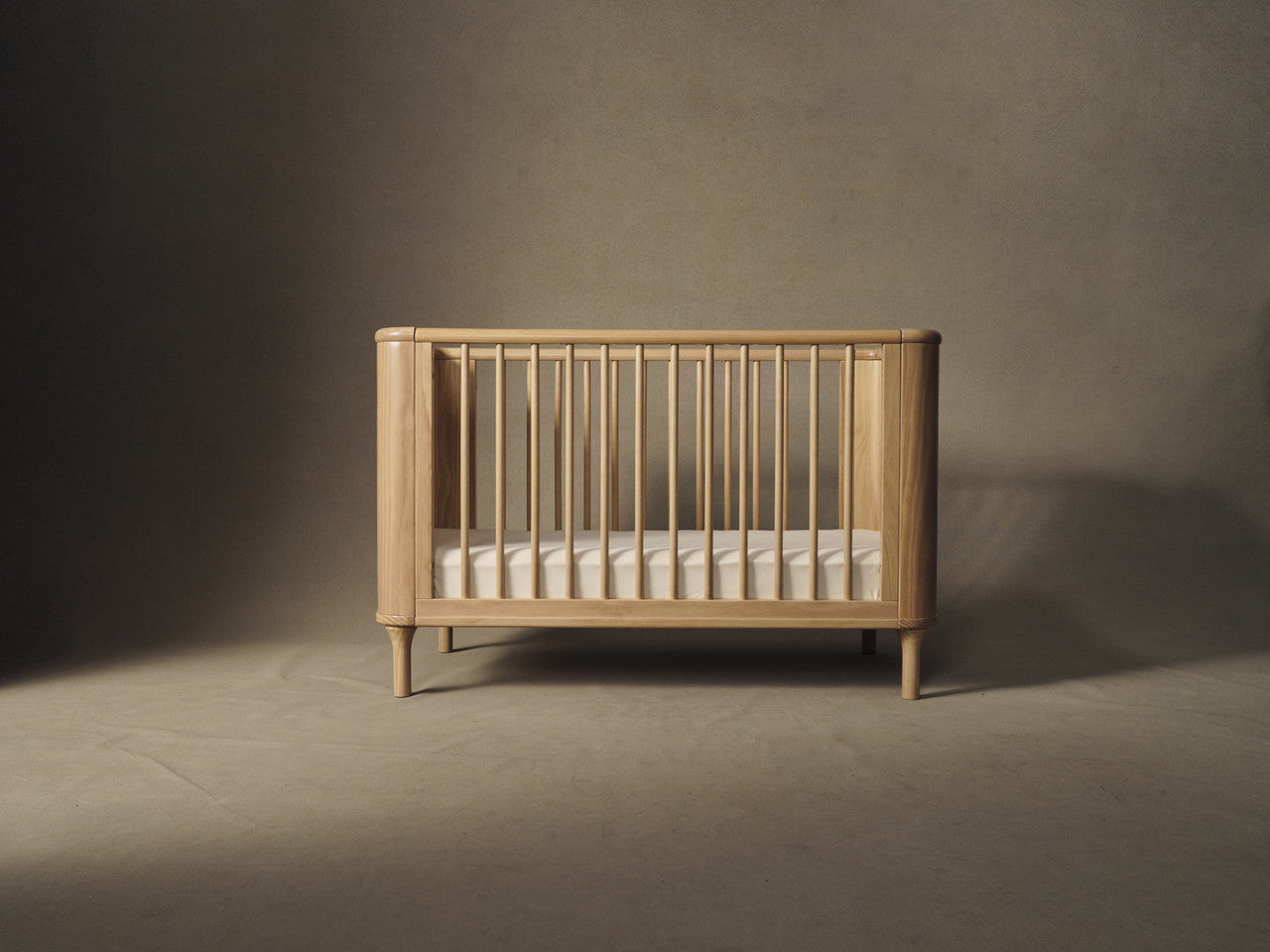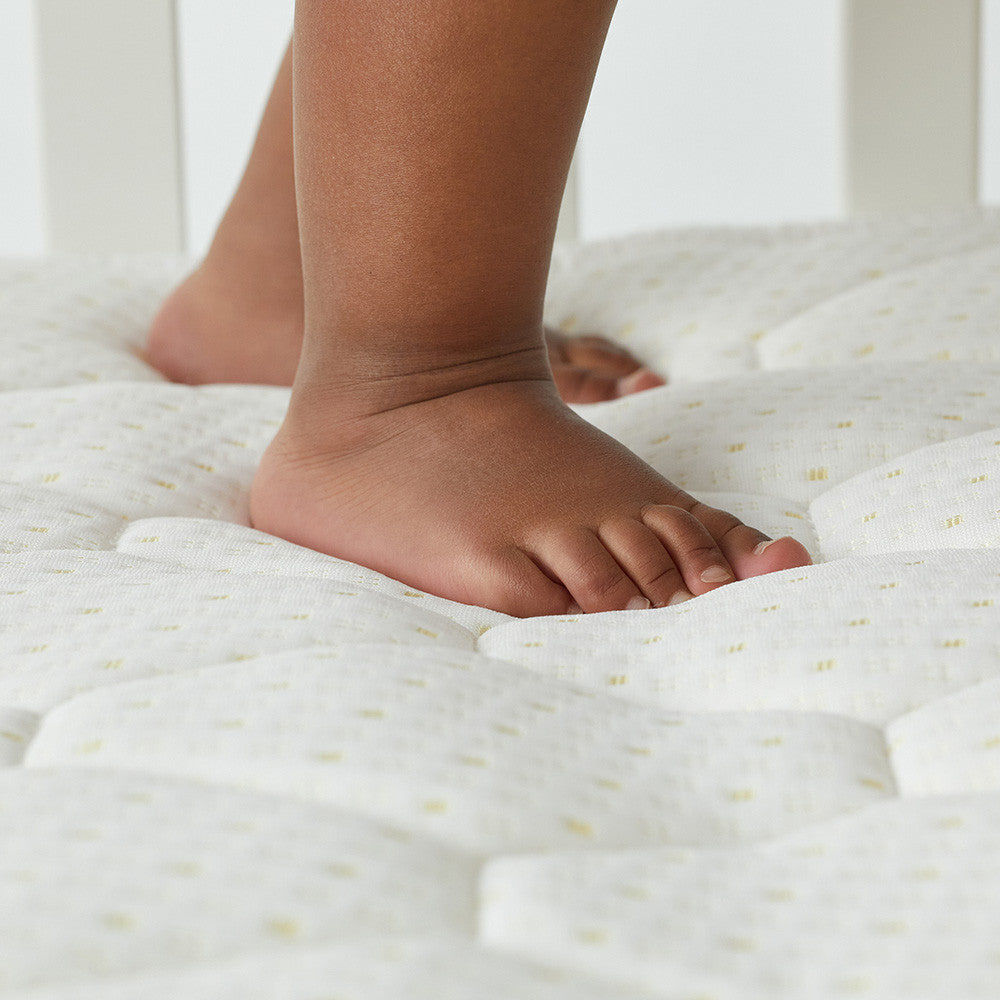Most toddlers will stop napping between the ages of 3 and 4, with some dropping their nap as early as 2.5 years old.
Signs that a toddler is ready to stop napping include resistance to napping, difficulty falling asleep during nap time, and increased bedtime struggles.
As a parent, it can be challenging to know when to stop your little one from napping in their cot or bassinet.
It's a delicate balance between making sure your baby gets enough rest and avoiding disruptions to their sleep schedule.
As toddlers grow, their sleep needs change, and one of the most significant transitions is when they stop taking naps.
This article aims to provide guidance on recognising the signs that your toddler is ready to stop napping, as well as tips and tricks to make the transition smoother.
The following key areas will be covered:
- Signs that tell you when a toddler is ready to stop napping
- 1 & 2 year olds sleep schedule
- Common FAQs about toddler napping times
- Tips and tricks to help with the transition
When is a Toddler is Ready to Stop Napping?

The Signs:
Recognising the signals for when kids stop napping is key for avoiding upsetting their sleep routine and preventing overtiredness. Here are some typical indicators:
- Skipping Naps: If your toddler occasionally skips their nap but seems fine, without crankiness or exhaustion by early evening, it may be a sign that they are ready to transition away from napping.
- Taking Too Long to Fall Asleep at Naptime: If your toddler takes an unusually long time to fall asleep during their scheduled nap time and doesn't seem tired when naptime rolls around, it could indicate that they are outgrowing their nap.
- Taking Too Long to Fall Asleep at Bedtime: If your toddler struggles to fall asleep at their regular bedtime and doesn't seem tired, it may be because they are getting too much daytime sleep from their nap.
- Increased Resistance to Napping: If your toddler consistently resists or refuses to nap, despite being tired, it could be a sign that they are ready to drop their nap.
It's important to note that these signs should be consistent over a period, rather than just a one-off occurrence.
If you're unsure, it's always best to consult with your paediatrician or a sleep consultant.
How Long Should a Toddler Nap For? Sleeping Guidelines

Toddlers' sleep demands vary according on their age and specific requirements.
Here are some broad guidelines for nap durations and overall sleep requirements:
| Age | Nap Duration | Total Sleep Needed |
| 1 year old | 1-3 hours | 11-14 hours |
| 2 years old | 1-3 hours | 11-14 hours |
| 2.5+ years old | 0-2 hours (if napping) | 10-13 hours |
Ages 1 and 2
At ages 1 and 2, toddlers typically need between 11 and 14 hours of total sleep, including a nap that lasts 1 to 3 hours.
Most toddlers at this age will still take one afternoon nap.
Ages 2.5+
As toddlers reach 2.5 years old and beyond, their nap time may decrease, and some may discontinue napping entirely.
If they do nap, it is usually for a short length of time, between 0 and 2 hours. This age group normally requires 10 to 13 hours of sleep.
It's important to note that these are only basic suggestions; individual sleep requirements may vary. It is always preferable to follow your toddler's behaviours and adapt their sleep routine accordingly.
Common FAQs
Why is my 2.5-year-old suddenly not napping? What to look out for?
If your 2.5-year-old has abruptly stopped napping, it may indicate that they are ready to shift away from napping.
However, you might consider other possible factors, like as illness, teething, or developmental milestones, that may be interrupting their sleep.
If your child's lack of napping lasts more than a week or two and they don't appear overtired, it may be time to change their sleep routine.
Can I cut out my 2-year-old's nap?
It is generally not suggested to abruptly discontinue sleep routines for 2 year olds unless they exhibit clear indicators of readiness to give up napping.
This can cause them to become overtired, cranky, and interrupt their night time sleep. Instead, it is preferable to gradually transition by shortening or altering nap times until they can be dropped altogether.
What is a good bedtime for a 2.5-year-old?
A good bedtime for a 2.5-year-old or even a 3 year olds sleep schedule who is no longer napping can range from 6:30 PM to 8:00 PM.
The exact bedtime will depend on when they wake up in the morning and their individual sleep needs. It's always best to observe your child's cues and adjust their bedtime accordingly so they can get enough sleep.
Tips and Tricks to Help
Transitioning away from napping can be challenging for both toddlers and parents. Here are some tips and tricks to help make the process smoother:
- Gradually Adjust Nap Times: Instead of abruptly stopping naps, try gradually shortening or shifting the nap time earlier or later to help your toddler adjust.
- Introduce Quiet Time: If your toddler is no longer napping, introduce a quiet time in their room with books, puzzles, or other calm activities to help them rest and recharge.
- Adjust Bedtime: As your toddler transitions away from napping, you may need to adjust their bedtime earlier so they get total hours of sleep.
- Maintain Consistent Routines: Stick to consistent bedtime routines and wake-up times to help your toddler's body adjust to the new sleep schedule.
- Create a Calming Sleep Environment: A cool, dark, and quiet sleep environment to help your toddler fall asleep more easily.
Choose Tasman Eco for Your Toddlers Sleep
Navigating the transition away from napping can be a difficult phase for parents and toddlers alike.
By recognising the signs that your toddler is ready to stop napping, understanding their sleep needs, and implementing helpful tips and tricks, you can make this transition smoother for your family.
At Tasman Eco, we understand the importance of quality sleep for your child's overall well-being and development.
Our range is eco-friendly and sustainable sleep products, including mattresses, bedding, and sleep accessories, are designed to provide a comfortable and healthy sleep environment for your little one.
Visit our baby furniture online to explore our collection and find the perfect sleep solution for your toddler.







Share:
15 Month Sleep Regression: What Can I Do?
Are Drop Side Cots Safe?